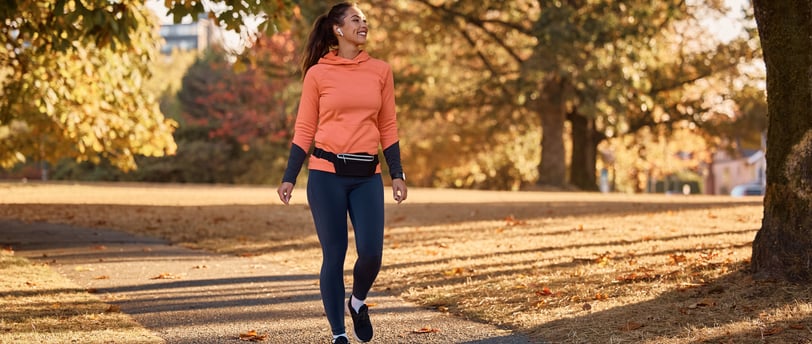Be the best version of yourself
Walking: The Simple Path to Health and Happiness
5/22/20243 min read


In a world of high-intensity workouts and extreme fitness trends, it's easy to overlook one of the simplest and most accessible forms of exercise: walking. Yet, beneath its unassuming facade lies a treasure trove of health benefits waiting to be discovered. So, lace up your sneakers and join me as we explore the myriad advantages of putting one foot in front of the other.
1. Walking and Longevity
Recent studies have shown a clear correlation between walking and a lower risk of mortality. Research published in the Journal of the American Medical Association found that walking at an average pace was associated with a significantly reduced risk of all-cause mortality, compared with being inactive. This means that something as simple as a daily stroll could potentially add years to your life.
2. Joint-Friendly Exercise
Unlike high-impact activities such as running or intense aerobic workouts, walking is gentle on the joints. Its low-impact nature makes it an ideal exercise for individuals of all ages and fitness levels, including those with joint issues or mobility limitations. By engaging in regular walking, you can strengthen your muscles, improve flexibility, and promote better joint health without risking injury or exacerbating existing conditions.
3. Stress Reduction and Mood Enhancement
Ever notice how a brisk walk outdoors can instantly lift your spirits and melt away stress? That's because walking triggers the release of endorphins, your body's natural feel-good hormones. Whether you're navigating city streets or meandering through nature trails, the rhythmic motion of walking, combined with exposure to fresh air and natural surroundings, can work wonders for your mental well-being. Studies have shown that regular walking can reduce symptoms of anxiety and depression, boost self-esteem, and enhance overall mood.
Embracing the Walking Lifestyle
Walking is the ultimate freebie when it comes to exercise – all you need is a comfy pair of shoes and a path to stroll on. It's a fantastic way to get moving, clear your mind, and soak in some vitamin D.
Incorporating more walking into your daily routine doesn't have to be complicated. If you're new to walking or getting back into it after a break, starting slow is key. Begin with shorter walks at a comfortable pace, gradually increasing your walking time and intensity as your fitness level improves. Once you feel comfortable, start setting achievable goals, such as taking a 20-minute walk after dinner or reaching a certain number of steps per day. Research suggests that more steps taken per day are associated with lower mortality rates until approximately 7500 steps/day. Try to mix things up by exploring different routes and terrains. And don't forget to listen to your body – it'll let you know when it's time to take it up a notch.
Make sure your goal is realistic when you first start. If 20 minutes every day leaves you exhausted and sore, try 10 minutes on alternate days. Raise it by 2 to 5 minutes each week as you build up your fitness. Once you hit your goal for minutes per session, then you can start to add more days. After that, if you want a more challenging workout, increase your speed or find a route with more hills.
Whether you're walking solo, with a furry companion, or in the company of friends, every step you take brings you closer to better health and happiness. So, lace up those sneakers, hit the road, and let the benefits of walking lead the way!
References:
https://jamanetwork.com/journals/jamainternalmedicine/fullarticle/2734709
https://jamanetwork.com/journals/jamanetworkopen/fullarticle/2783711
https://jamanetwork.com/journals/jamanetworkopen/fullarticle/2802810
https://jamanetwork.com/journals/jamapsychiatry/fullarticle/2790780
https://link.springer.com/article/10.1007/s40279-022-01649-4
https://www.sciencedirect.com/science/article/abs/pii/S0531556521002102?via%3Dihuba
Contacts
fitover40withmarina@outlook.com +41 76 229 19 32
Socials
Subscribe to our free newsletter and get high-protein meal recipes that will make you feel full longer, grow your muscles, and achieve your goals faster! Directly into your inbox!


